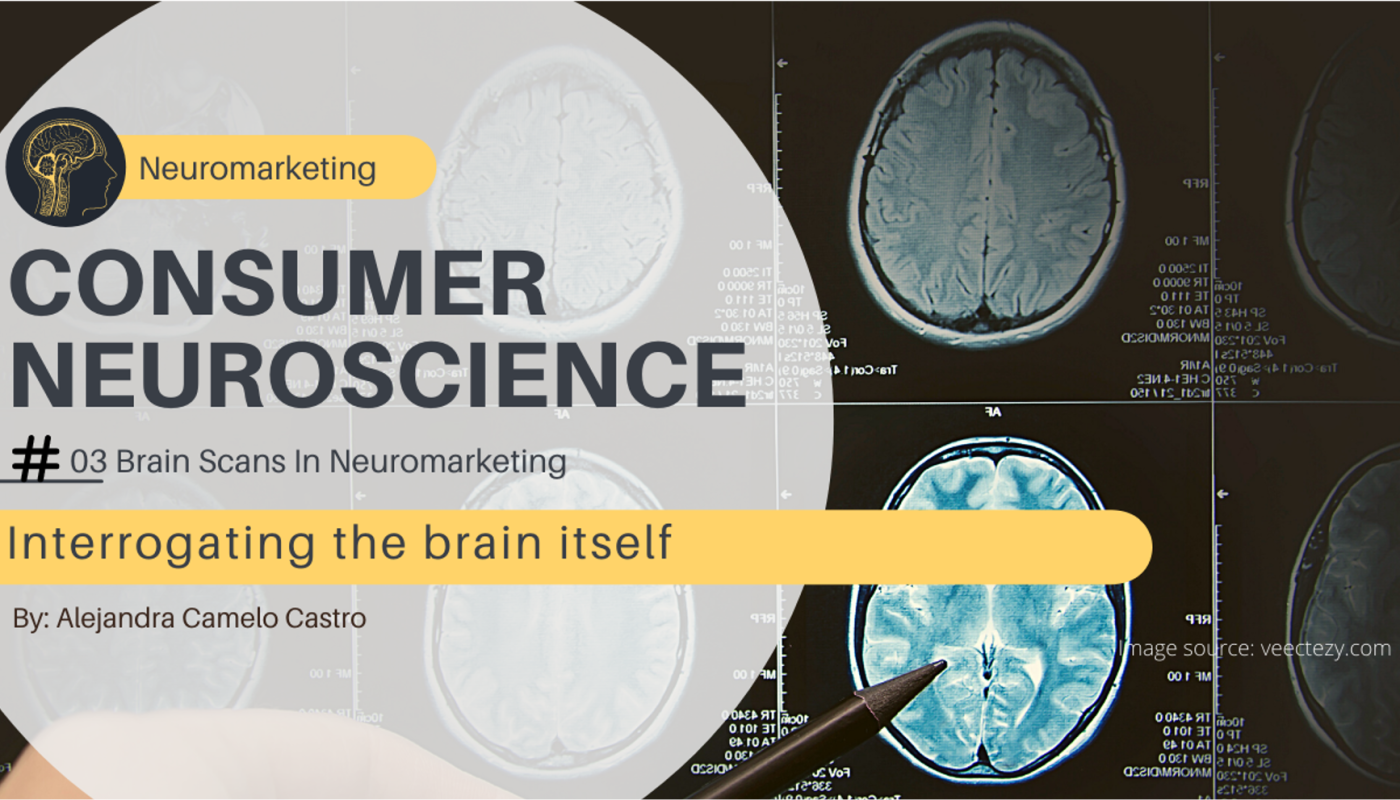Why neuromarketing utilizes brain scans?
https://youtu.be/xdyrEfMV89I
In neuromarketing or consumer neuroscience, brain activity can be monitored and measured using state-of-the-art neuroimaging techniques to record metabolic activity or electrical activity, such as functional magnetic resonance imaging (fMRI) and electroencephalography (EEG) respectively. To observe changes in brain activity in the presence of packaging, advertising, and other communications, by monitoring which areas of the brain ‘light up’ when test subjects are processing a stimulus (Davis, 2012), this approach allows reserachers to interrogate the brain itself as there is no post-rationalization process like in traditional marketing techniques, at the end of this article you will find an intresting real life example so keep on reading, if you are left with questions leave them in the comment section were I will reply to them.
The opinion of relying on neuromarketing is celebrated today because of the accepted fact that consumer purchase decisions are made in the subconscious mind. In that matter, neuromarketing overcomes the limitations of traditional marketing by directly interrogating the brain itself without requiring conscious participation. And according to Thabani and Wellington, this could be a solution for the wastage of millions and billions of dollars spent in vain repeatedly using traditional marketing methodologies in isolation; whose inefficiency in studying consumer behavior has been proven beyond any reasonable doubt.
The neuromarketing methodologies recording the brain activity can be categorized into two main groups: I. Recording metabolic activity in the brain such as fMRI & PET. II. Recording electric activity in the brain such as EEG, TMS, MEG, and SST. In this post, I will talk about the first category by examining the fMRI method for neuromarketing purposes. In the following post (part 2) we will talk about common methods in the second category. Here you can check all of my posts.
RECORDING METABOLIC ACTIVITY IN THE BRAIN FOR NEUROMARKETING
What is Metabolic brain activity?
“Metabolic processes involve the utilization of energy. When neurons increase their firing rate, they use more energy, which is supplied by chemical reactions in and around the neurons. The increased metabolic activity increases the demand for the basic fuels of metabolism: glucose (sugar) and oxygen. This change in demand can be detected because it is accompanied by increased blood flow to the region.Since blood flow in the brain is highly controlled and locally regulated, it acts as a marker for neuronal activity.” (Wolpaw & Winter, 2012)
Functional MAGNETIC RESONANCE IMAGING (fMRI)
The most popular brain imaging method adopted in the neuromarketing field is the functional Magnetic Resonance Image (fMRI), this technique returns a sequence of images of cerebral activity by means of the measurement of cerebral blood flow. When certain areas of the brain are used, blood flow to that area increases. This technique works well due to the linkage between cerebral blood flow and neuronal activation. This association is possible as active nerve cells carry additional oxygen than inactive brain cells (Thabani and Wellington, 2017). fMRI Allows a level of localization of the activated brain structures on the order of a few cubic mm, being capable of detecting activations also in deep brain structures such as amygdalae and nucleus accumbens. However, the lack of time resolution, due to the delay of the cerebral blood flow’s increment after the exposition to the stimuli, makes the fMRI unsuitable to follow the brain dynamics based on its sub-seconds activity(Vecchiato et al.). For more information on the basics of fMRI visit this video
Information extracted in this way can assist marketers in ascertaining those areas in the brain which are working at any given time. Neuromarketing, therefore, uses fMRI to measure brand loyalty, brand recall, craving, brand preference, trust, memory encoding, valence of emotions, sensory perception, blood flow, attention, and personal meaning (importance). For example, In a study by McClure et al., people were delivered Coke and Pepsi to test behavioral taste preference and also in passive experiments carried out during functional magnetic resonance imaging (fMRI). Two conditions were examined: (1) anonymous delivery of Coke and Pepsi and (2) brand-cued delivery of Coke and Pepsi. For the anonymous task, it was reported a consistent neural response in the ventromedial prefrontal cortex that correlated with subjects’ behavioral preferences for these beverages, meaning that both beverages generated the same responses in the subjects regardless of the brand. In the brand-cued experiment, brand knowledge for one of the drinks had a dramatic influence on expressed behavioral preferences and the measured brain responses.



